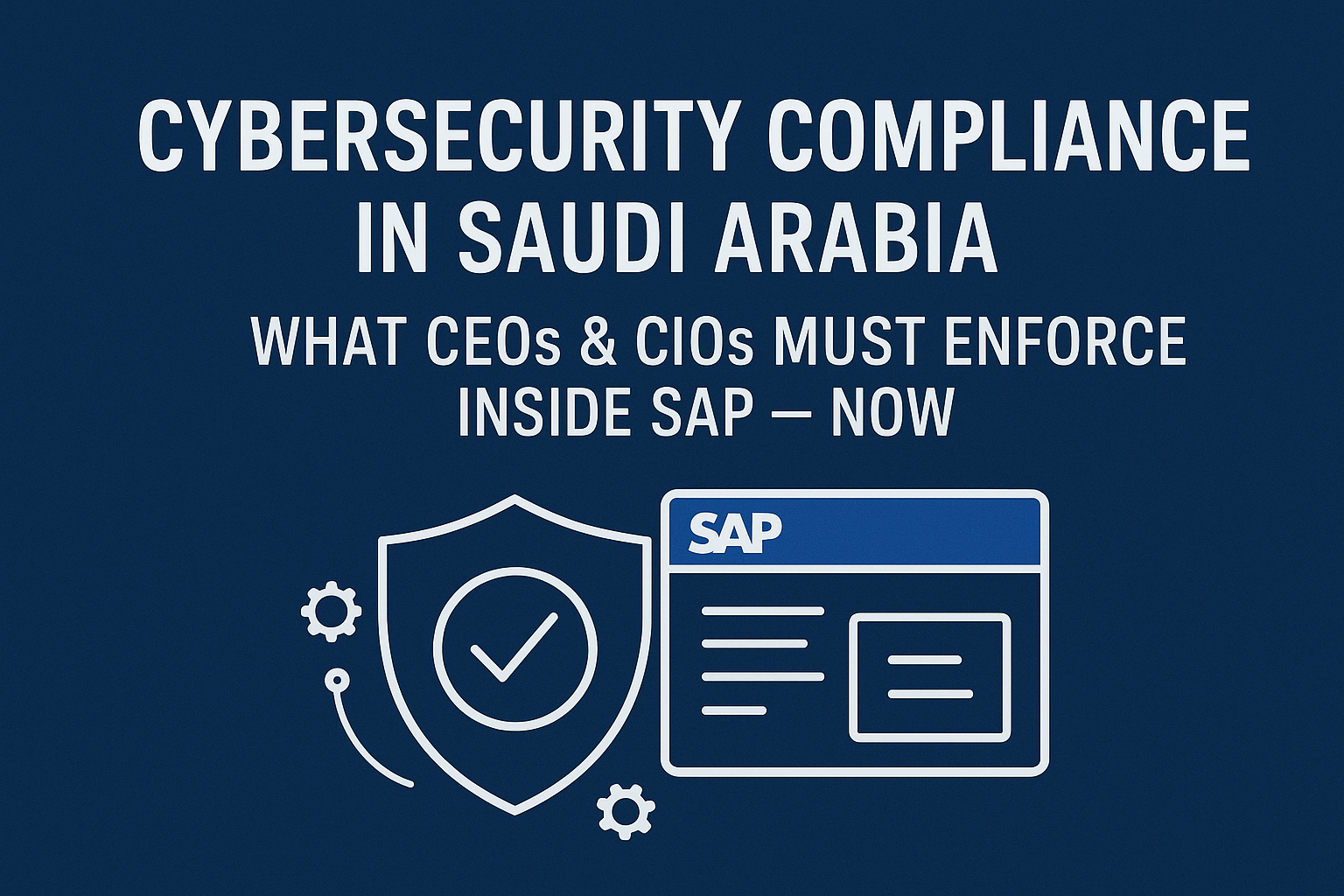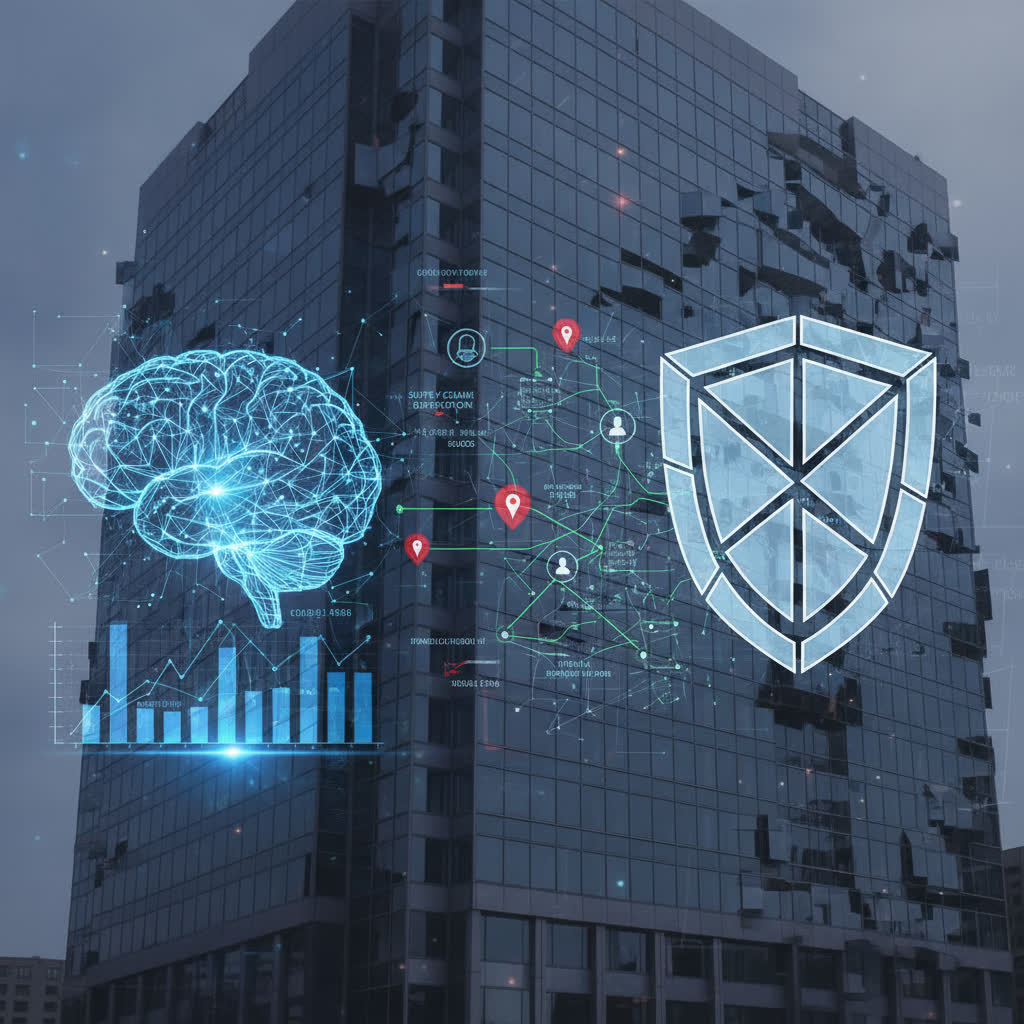Hybrid IT environments have become standard across a wide range of organizations. Many businesses now operate a mix of on-premises infrastructure and cloud-based solutions. This shift provides scalability, flexibility and cost benefits. However, it also introduces unique security challenges and operational complexities. As hybrid ecosystems grow in importance, understanding how to manage and secure them remains a top priority. This article explores strategies to achieve effective balance between on-premises and cloud security, the threats involved and how organizations can build a cohesive approach for long-term assurance.
The Rise of Hybrid IT: Drivers and Trends
Modern businesses seek agility in their technology stack. They are frequently moving core workloads to the cloud for purposes of cost efficiency and scalability, yet still retain key legacy applications or sensitive data on-premises. This hybrid approach allows organizations to leverage the strengths of both worlds. Hybrid environments have gained momentum due to several factors: Increasing demands for rapid digital transformation, data privacy concerns, performance requirements and the need for consistent innovation. Industry surveys show that hybrid strategies are now prevalent among medium and large businesses across sectors.
Companies often begin their digital journey by implementing cloud-based services for non-critical workloads. Over time they expand cloud usage as confidence grows and business needs evolve. However, certain high-value assets or regulated data may need to remain on-premises for compliance, control or optimization reasons. Combining these distinct environments creates a hybrid ecosystem that offers adaptability with added complexity. Growing reliance on remote work and third-party collaboration tools further drives hybrid models, shaping the structure and security needs of modern IT infrastructure.
Understanding Security Fundamentals in Hybrid Environments
Hybrid setups force organizations to rethink their approach to security. Traditional perimeter-based models become less effective when infrastructure spans multiple physical and virtual locations. The attack surface widens and risks become more multifaceted. It is essential for teams to understand basic security principles and apply them cohesively across both on-premises and cloud components. Security must operate as a connected fabric, not as disparate tactics for each environment.
First, organizations should implement a principle of least privilege. Every user, system and application should only receive the minimum level of access required for operation. This principle limits the damage of a potential compromise. Second, regular authentication and authorization checks are vital. Multi-factor authentication (MFA) ensures that only legitimate users can access critical assets. Third, comprehensive logging and monitoring are key components for detecting unauthorized activity promptly. Unifying these controls across both environments provides greater visibility and response capability.
Identity and Access Management: Preventing Unauthorized Access
Managing identities and access across hybrid infrastructures can be one of the most significant challenges. Organizations must ensure cohesive policies between their on-premises systems and cloud platforms. This includes managing employee, contractor and third-party identities efficiently. Mishandling access can lead to breaches, insider threats or regulatory violations. Effective identity and access management (IAM) creates a secure path through which users can reach necessary resources, wherever they reside.
Centralized identity directories, such as modern directory services, play a pivotal role. Integrating these systems across environments allows for unified authentication and policy enforcement. Organizations should focus on automating provisioning and de-provisioning processes to eliminate unused or risky accounts. Periodic access reviews help to ensure that permissions remain appropriate as staff roles and business needs change. Done effectively, a single governance layer simplifies audits and reduces chances for error or abuse.
Data Protection: Securing Information Across Boundaries
Hybrid architectures raise new questions regarding data protection. Sensitive information may transit between on-premises data centers and multiple clouds or be processed in many different locations. Encrypting data at rest and in motion represents a foundational requirement. Choosing strong encryption standards and ensuring they are properly implemented prevents exposure even if physical or virtual perimeters are bypassed.
Access controls, data loss prevention (DLP) tools and robust key management services reinforce security at every stage. Furthermore, consistent data classification allows teams to apply appropriate controls based on sensitivity level. Rules relating to backup, retention and deletion should be uniform to avoid leaving unprotected copies in disparate systems. As regulations like GDPR and CCPA impose strict mandates, consistent data protection measures are necessary for legal as well as operational reasons.
Cloud Security Posture: Unique Risks and Solutions
Cloud environments bring specific risks that differ from traditional infrastructure. Misconfigurations, improper public exposure and weak credential management can allow attackers to bypass standard defenses. Hybrid landscapes must account for these risks through continuous configuration management and vigilant oversight. Security and compliance responsibilities are usually shared between the service provider and the customer, so clarity about these roles is essential.
Implementing automated security posture management tools can help monitor and remediate vulnerabilities. Regularly reviewing cloud resource settings, permissions and exposed services reduces accidental leaks. It is recommended to employ cloud-native tools alongside supplemental third-party solutions to maintain consistent control. Assigning teams or individuals responsible for ongoing cloud risk management ensures accountability and rapid response.
On-Premises Security: Adapting to Hybrid Needs
While cloud environments require specialized practices, existing on-premises security controls also demand adaptation. Many legacy security models are ill-suited for hybrid complexity. The perimeter becomes porous as connections to public cloud resources and users proliferate. As such, traditional firewalls, network segmentation and endpoint controls must evolve to support remote access and seamless cloud integration.
Zero trust architectures—where no user, device or system is trusted by default—can provide an effective blueprint for on-premises updates. Coupled with network micro-segmentation, endpoint detection and response (EDR) and advanced threat analytics, these changes support hybrid security goals. IT teams should review their hardware, software and access routes frequently, closing gaps that cloud connections might create. Continued investment in on-premises resilience can complement and reinforce protections in the larger hybrid ecosystem.
Compliance Considerations: Navigating Regulations in Hybrid Infrastructures
Operating across multiple IT environments brings compliance complexity. Organizations face a patchwork of global and regional regulations, such as GDPR, SOX, HIPAA and emerging privacy frameworks. These rules may apply differently depending on where data is processed, stored or accessed. The hybrid model sometimes blurs those boundaries, requiring careful oversight to avoid costly violations.
Automated compliance monitoring tools, strong documentation practices and designated compliance officers help navigate this landscape. A regular audit schedule ensures that both cloud and on-premises controls meet required standards at all times. Training programs keep staff aware of evolving compliance requirements. Having accurate knowledge of data flows between locations and cloud platforms offers the best defense against blind spots and compliance gaps. Integrated dashboards and governance solutions provide additional peace of mind and simplify reporting during audits.
Threat Landscape: New Vectors in Hybrid Worlds
Security threats constantly evolve as IT environments become more complex and interconnected. Hybrid infrastructures create a larger attack surface and new types of vulnerabilities. Cybercriminals often target hybrid environments with phishing, ransomware, supply chain attacks and advanced persistent threats that exploit misconfigured systems or weak links between environments.
One growing concern involves lateral movement once attackers gain a foothold in either the cloud or on-premises segments. From there, they can traverse to other systems or access sensitive data. Multi-layered defense strategies that bring together threat intelligence, behavioral analytics, response automation and user education form a comprehensive plan. Proactive security assessments and red team testing help uncover new risks before bad actors can exploit them.
Operational Strategies: Building a Successful Hybrid Security Program
Integration Across Teams and Tools
Siloed security approaches can leave significant gaps in hybrid ecosystems. It is important for operational and security teams to collaborate across both environments. Interoperable tools and consistent standards help prevent confusion and reduce human error. Joint incident response procedures shorten investigation times and minimize impact.
Continuous Improvement and Knowledge Sharing
Hybrid security management benefits greatly from ongoing training and evolving playbooks. New threats and system changes require constant attention and adaptation. Security champions in each department or business unit can distribute knowledge and maintain awareness. Documenting lessons learned from incidents or near-misses strengthens the security posture over time.
The Role of Automation and AI in Hybrid Security
Automation has become essential for efficiently managing the complexity of hybrid environments. Automated tools can handle mundane yet critical tasks, including patch management, user provisioning, configuration monitoring and log analysis. By reducing manual labor, automation allows skilled personnel to concentrate on strategy and incident response.
Artificial intelligence (AI) extends automation capabilities further. Machine learning models can analyze enormous volumes of security data from both cloud and on-premises systems. These models identify patterns or anomalies much faster than human analysts. AI-driven tools enhance threat detection, predict risks and suggest optimal remediation steps. Incorporating automation and AI fosters responsiveness, scalability and resilience in hybrid security strategies.
Human Factors in Securing Hybrid Architectures
Awareness and Education
Technology solutions remain only part of the hybrid security equation. Human behavior frequently represents the weakest link in defense chains. Comprehensive security awareness programs empower users to recognize phishing attempts, social engineering tactics or possible mistakes that can create vulnerabilities. Empowering staff to take ownership of security tasks across both on-premises and cloud environments leads to significant risk reduction.
Culture of Responsibility
Organizations perform best when leadership champions a culture of responsibility and transparency. Setting clear policies and reporting structures for suspected incidents encourages timely disclosure and corrective action. Recognizing and rewarding security-minded behavior promotes widespread vigilance throughout the organization. Cross-functional initiatives that include IT, compliance, HR and operations further reinforce shared responsibility for hybrid security outcomes.
Incident Response: Readiness Across Environments
Preparation for security incidents determines how effectively a hybrid organization can withstand threats. Response plans must address both on-premises and cloud resources, bridging technical, operational and communication gaps. Effective playbooks detail escalation procedures, evidence collection, legal considerations, stakeholder communication and recovery steps. Testing incident response plans through tabletop exercises and real-world simulations builds confidence and readiness.
Integrating both internal and third-party support resources where appropriate enhances response capabilities. Rapid coordination between cloud providers, security partners and incident responders is critical during a widespread event. Clear documentation and evidence retention practices support regulatory obligations and future learning opportunities. Periodic reviews ensure plans remain current and reflect changes in organizational structure or IT landscape.
The Future of Hybrid Security: Trends and Emerging Best Practices
Security for hybrid environments evolves as technology and threats advance. Zero trust principles, policy-driven automation and collaborative governance models will continue to influence the way organizations protect blended workloads. Secure access service edge (SASE) architectures, identity-based segmentation and improved user experience tools promise greater control and less friction.
Industry experts predict wider adoption of unified security management solutions that cover both cloud and on-premises assets. Continuous compliance monitoring, AI-driven risk scoring and automated configuration validation may soon become standard. Collaboration between IT, security and business lines will grow in importance. As organizations expand their hybrid capabilities, those combining innovative technology with robust process and a security-conscious culture will be better positioned to adapt, thrive and protect what matters most.
Practical Steps for Enhancing Hybrid Security
Implement a Comprehensive Asset Inventory
Knowing what assets are present both on-premises and in the cloud is a foundational step. Regularly updated inventories make it easier to discover vulnerabilities and set priorities for protection. Automated asset discovery tools help to stay on top of expanding resource footprints and cloud services, reducing guesswork for IT and security teams.
Standardize Security Policies Across Environments
Applying consistent policies reduces confusion and simplifies enforcement. This includes access controls, encryption standards and incident response processes. Policy standardization improves audit readiness and minimizes accidental lapses that can lead to exposure. Documentation and centralized policy management platforms can streamline rollout and updates.
Continuous Training and Simulation Exercises
Frequent hands-on training for IT staff, security professionals and business users supports long-term risk management. Running live cyberattack simulations gives teams practical experience in handling incidents, testing tools and decision-making under pressure. Updating training content regularly addresses new tactics and regulatory changes in the hybrid landscape.
Addressing Supply Chain Risks in Hybrid Architectures
As organizations stretch across traditional and cloud environments, more dependencies on third-party vendors and contractors emerge. The digital supply chain provides new vectors for attackers to compromise hybrid systems, often by targeting service providers or integration partners.
Robust third-party risk management programs include rigorous vendor assessments, contractual security requirements and ongoing performance evaluations. Vetting suppliers’ practices, reviewing their security certifications and monitoring for public breaches or vulnerability disclosures form best practice. If a vendor incident occurs, response playbooks should cover isolation, notification and mitigation tailored to hybrid architectures.
Monitoring, Analytics and Visibility Tools in Hybrid Environments
Unified monitoring and analytics play a vital role in effective hybrid security. Fragmented tools or manual oversight make it difficult to spot trends or respond to threats consistently. Organizations should aim for solutions that aggregate logs, alerts and performance data from both cloud and on-premises endpoints.
Modern security information and event management (SIEM) systems, combined with behavioral analytics and threat intelligence feeds, help detect unusual activity early. These solutions support automated alerting, rapid investigation and real-time response. Effective monitoring reduces dwell time and increases confidence in incident handling, even across complex or distributed environments.
Making Hybrid Security Work for the Organization
Balancing on-premises and cloud security requires persistent commitment to integration, visibility and cultural change. Hybrid environments will continue to dominate for years ahead as organizations value both the flexibility of the cloud and the control of traditional infrastructure. Ongoing reassessment, investment in automation and training, and a willingness to adapt operational processes will support lasting success. As new threats and regulations emerge, those prepared with a unified security approach stand best equipped to capitalize on the advantages of hybrid IT while maintaining comprehensive protection of their digital assets.





